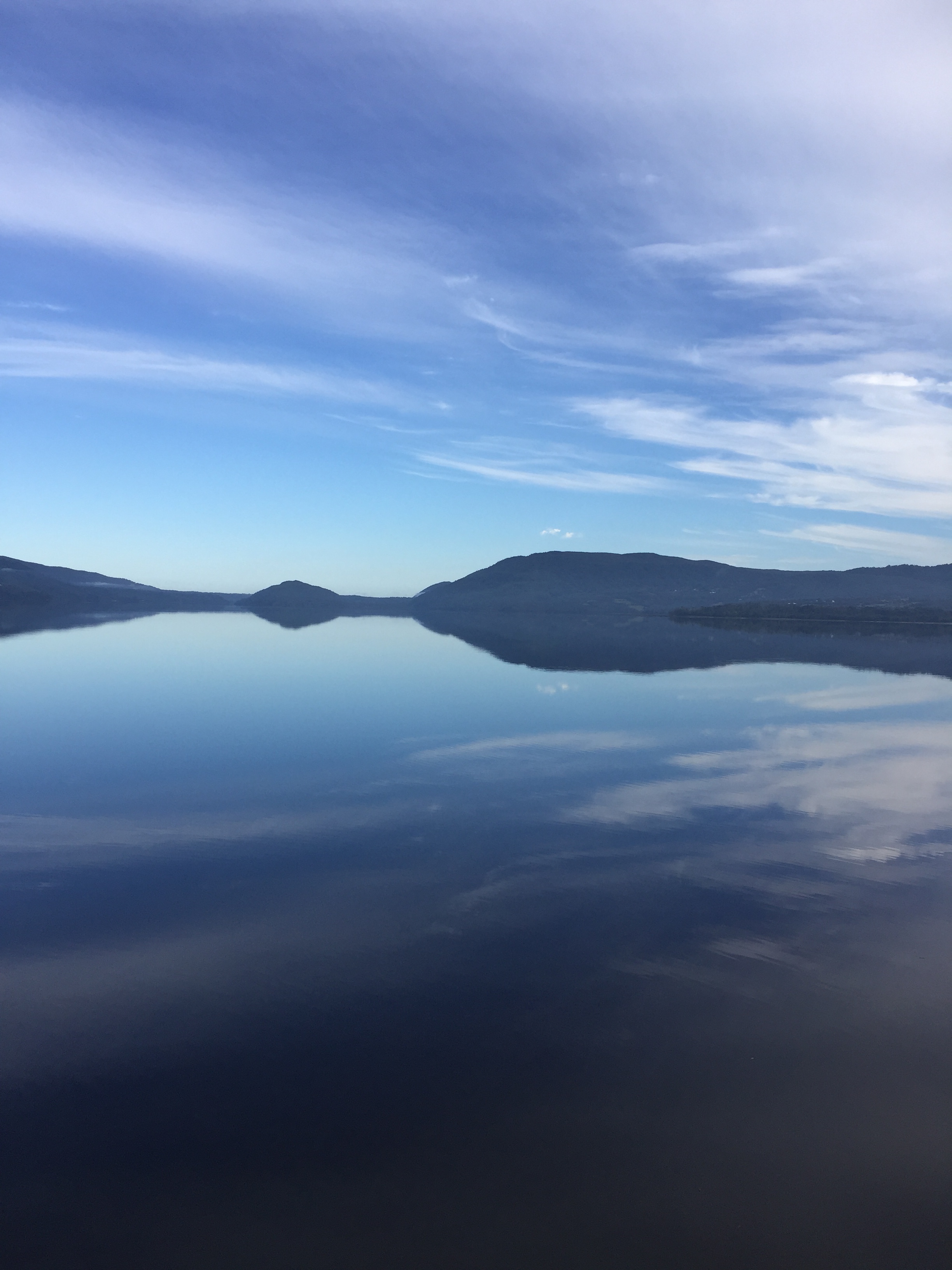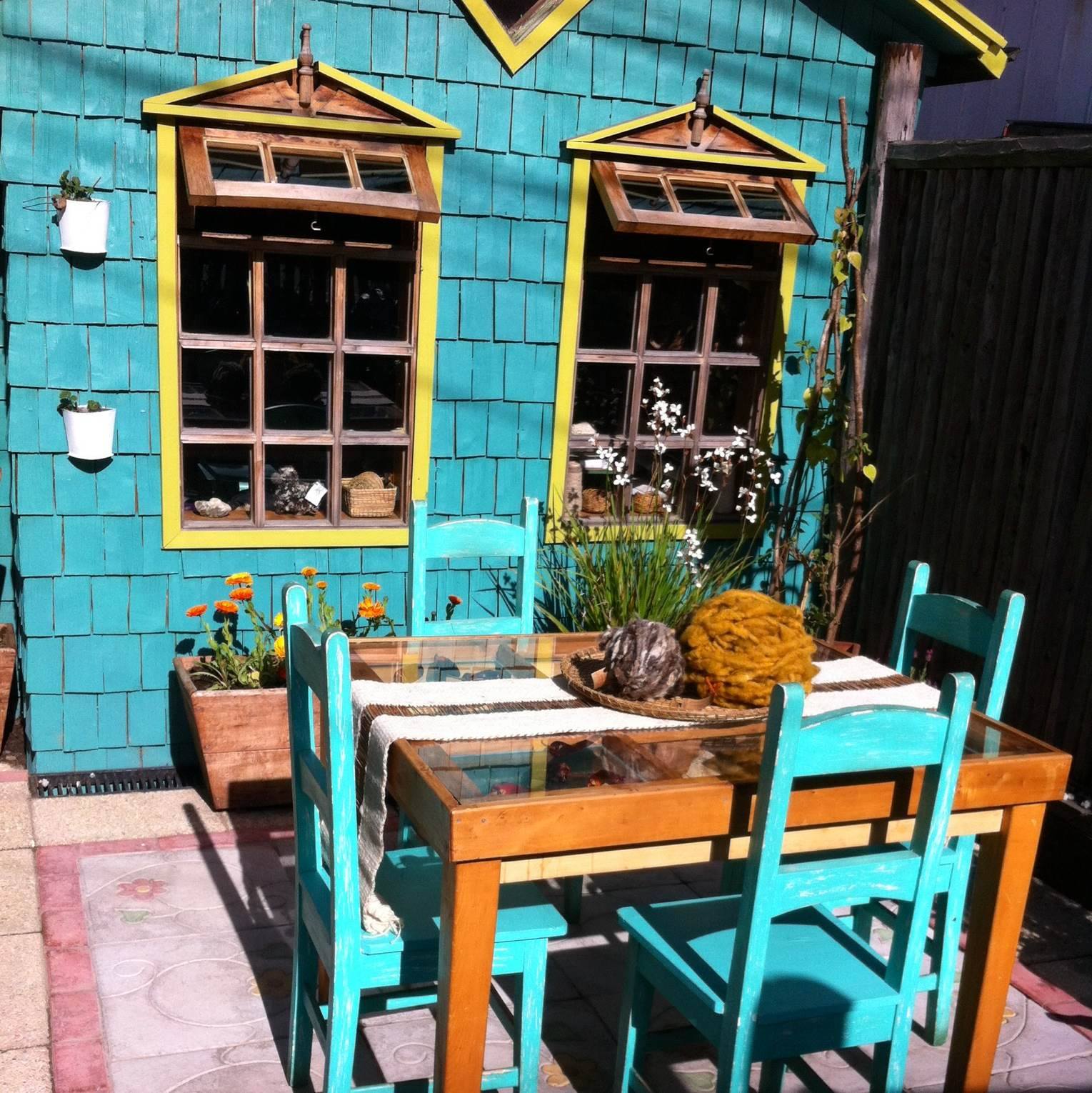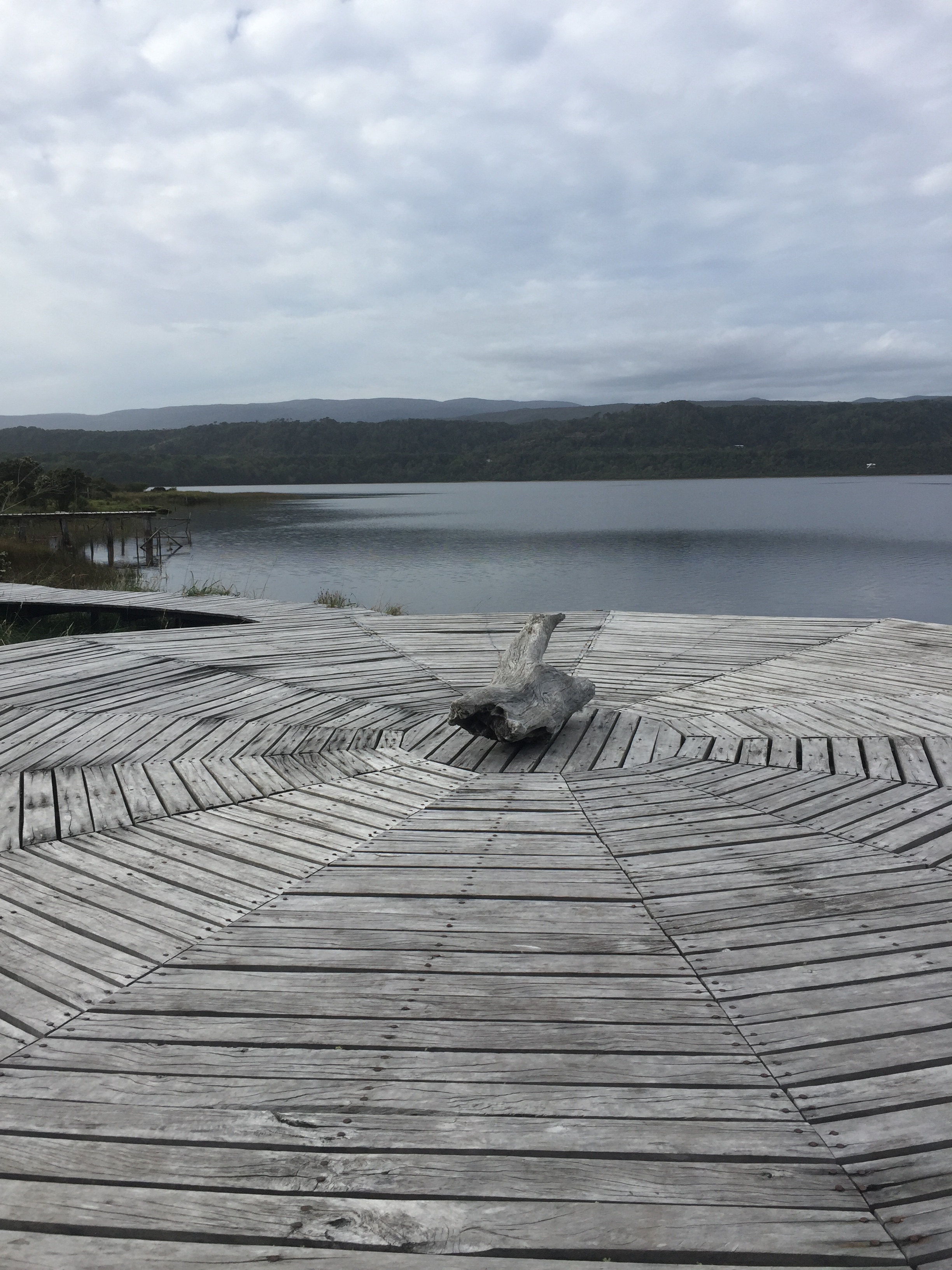Chiloé: The Charms of a Chilean Archipelago
The Chilotes, inhabitants of a verdant archipelago off of Chile’s southern coast, say that “if you live in a hurry, you’re wasting your time.” The archipelago includes the second-largest island in Chile and is home to approximately 150,000 people. There is no bridge to connect the main island to the mainland and a bridge project was opposed by most residents. (There is daily ferry service, however, and an airport was constructed a few years ago.)
Most of Chiloé’s residents are Catholic, but almost all who live there believe in wizards, a ghost ship, a goddess who helps fishermen called Pincoya, and a small and unattractive man called Trauco who makes women fall in love with him. Tourists are traveling to the “Isla Grande,” or main island, in greater numbers now, but the archipelago is not overrun by visitors from South America or elsewhere.

A view of Lake Huillinco
A ten-table restaurant in Castro, the largest town on the main island, was taken over three years ago by a chef who wanted to see what he could do with the food products of the area. This chef, Mauricio Ayala, is exploring how to use the plants and animals from the archipelago in new ways. Chiloé is home to over a hundred different varieties of potatoes – some European potatoes originated in the soil here – and Ayala is experimenting with how to use all of the varieties of potatoes to which he has access.
The night I ate at his restaurant, Cazador, I heard diners speaking in French, English, Spanish, and Catalan. Clearly, the relative remoteness of Chiloé has not discouraged food lovers from making the trip to the archipelago. Ayala also mentioned to me that he had taken a prominent Spanish food critic on a gastronomic tour a couple of days earlier and that the restaurant was always full and that the diners were usually foreigners.
Cazador is located in a stilt house that is typical of the area called a “palafito” and it is one hundred years old. Ayala endeavors to allow those who come to his restaurant in the stilt house to “feel the forest” when they dine there. Rabbit with pickles and boar with mashed potatoes were the dishes I was served. My dessert was fresh yogurt with honey that had to be scraped off of a panel from a beehive and it would be harder to get closer to nature than that!

Cazador’s outside patio
Travelers are making their way to Chiloé for reasons other than the delicious creations of Mauricio Ayala. Architecture fans will want to see the sixteen churches that have been designated UNESCO World Heritage sites – they are all made of wood and no nails were used when they were constructed. Bikers also seem to love the archipelago and birdwatchers find it to be a paradise since many species live in Chiloé full-time and others stop there during their seasonal migrations. There is even a penguin colony that inhabits one of the small islands of the archipelago for several months a year.

One of the 16 UNESCO World Heritage churches in Chonchi
Those who enjoy horseback riding will want to set up excursions with organizers such as Cabalgatas Chiloé so that they can venture deep into the heart of the main island’s green hills. There is a national park on the island and Hostel Palafito Cucao was constructed right near its entrance several years ago. This upscale hostel is a refuge for those who seek complete serenity and its owners said they would not like to live in a city ever again.

A view from Hostel Palafito Cucao
A larger hotel, the Hotel Parque Quilquico, was designed by the same architect who designed Hostel Palafito Cucao, Edward Rojas. Rojas, an award-winning architect in his home country of Chile, always places a circular window in at least one location in every building he designs and I spotted two in Hotel Parque Quilquico.

Edward Rojas’s signature circular windows
This mystical archipelago is becoming known to foreigners, but Chilotes resist changing their traditions too much and this means that the essence of the archipelago is conserved. Radio stations broadcast news of Trauco sightings and what to do to avoid him and author Isabel Allende became so fascinated by the mythology of the archipelago that she used it as one of the primary settings of her novel, Maya’s Notebook.
